Before I actually begin to tell you the story to which the headline relates, I’d like to preface what led up to bringing this saga back to mind … so here goes:
Following a post I did on the “I Love AM Radio” Facebook page, where I referenced my radio ownership experience in Spokane, Washington (described in Chapter 12 of my RADIO … My Love, My Passion memoir), I heard from a gentleman named Brent Larson. Brent had begun as a radio air personality back in the mid-part of the 20th century, then went on to become the owner of more than a dozen stations — all located in the western U. S. He wanted me to know that about 10 years before my “bout with Spokane” (his words), he had bought a standalone AM station there, which became a disaster as well — he describes it as being his biggest loser! (It certainly was the biggest and most costly losing experience in my life.)
In one of our exchanges, Brent asked me if I ever owned any other stations, which triggered a memory that I pretty much had forgotten during the writing of my memoir. My Spokane experience took place in the late 1980s after I had left Bonneville. The story I want to tell you today is from the late 1950s.
My love affair with radio broadcasting began for real when my mother gifted me with the radio you see pictured on the homepage of this website, yet nearly a decade passed before my first official (meaning being paid) involvement in the industry occurred. I had two jobs at WTNJ, a daytime-only AM station in Trenton, New Jersey. I was first hired as an engineer for two of the station’s disc jockeys who had a Saturday afternoon remote broadcast from an automobile dealership. My second job was as a weekend board operator and announcer.
My FM Dream
I’m not sure when the dream to own an FM station began, but my interest in FM started at least back in my high school days. When in shop class, rather than learn woodworking, I was permitted to work on assembling two Heath electronic kits — an audio amplifier and an FM tuner — that my parents had bought for me. I began hanging out at WTNJ even before I was hired. I quickly discovered Broadcasting magazine and its annual Yearbook. I began spending hours studiously reading. Then when I found the following page, the FCC rules regarding applying for a broadcast station, and my focus became pulling off owning my own radio station.
The FCC Process
In the process of seeking the proper forms and complete instructions for filing an allocation, I learned that the FCC had in its Washington, D. C., headquarters a reading room where one could walk in and ask to examine the file for a particular station. So, I drove south to the Nation’s Capital to spend a day seeing how others had done it before me. Upon arriving, you sign-in and list which stations’ files you would like to review. Soon a clerk would bring out the paper folder — some at least two inches thick — containing all the official information the Commission had on file for that station. You could sit and read the contents for as long as you wanted. As far as I can recall, there were no restrictions as long as you returned all files you had checked out before leaving the room.
I should note that the FCC during this period was so interested in seeing FM stations put on the air, their acceptance threshold for properly prepared applications was quite low. One of the files I was particularly interested in seeing was a station that had recently begun operations and I knew had been built on a shoestring, WIFI, a Philadelphia-licensed station at 92.5 on the dial, today its call letters are WXTU. The grantee/owner was one Melvin Gollub, who was a disc jockey on Philadelphia’s WIP using the air name of Mel Stewart .
A part of filing an application for a new station requires one to submit the projected coverage of your station. This data was to be plotted on sectional aeronautical charts, which are published by the Federal Aviation Administration. On Mel’s application, he simply included two gasoline company highway maps on which crude circles had been drawn to show his signal’s boundaries. Yet, the FCC approved his application without question!
Back To My FM Story
I was originally going to apply for the city of license to be Trenton, New Jersey … well within the limits as related to the proposed transmitter site. However, I learned early on that “the city of license” could be a determining factor in choosing which application to select if there was to be more than one applicant. Trenton already had one FM station which had been on the air since 1949, and two more applications were being filed for the city. However, if I proposed the city of license would be Levittown, Pennsylvania, I’d have a leg up as that location would be considered providing the first FM service to the community. I know, one more government policy that makes little sense, as all the Trenton stations cover Levittown well … as do most of the Philadelphia radio stations … and the facility we were proposing would easily cover the entire region as well as most others.
I had gained sufficient understanding of the requirements that I was able to prepare the application myself. I acquired the sectional aeronautical charts for the area and calculated coverage based on height of antenna, the strength of the signal coming from the antenna, and the elevation of the terrain out so many miles in each direction from the transmitter site.
My partner would be Nick Dalessandro, the chief engineer of WTNJ. For the purpose of gaining a construction permit, we used Nick’s house in Bucks County, Pennsylvania, just a few miles from Levittown’s main post office, as the station location. And since I had very little money nor owned a home, Nick used the equity in his home as the source of funds for building the station.
Stating the “city of license” in this way is a misnomer, as Levittown is not a city. It is merely a large housing development spread over at least four political subdivisions. Yet, as far as the FCC is concerned, it’s a legal location because there is a U. S. Post Office named Levittown, PA.
Next time, I’ll continue the story where the next step begins … the search, choosing, and challenges of securing a frequency on which to build the station of my dreams!
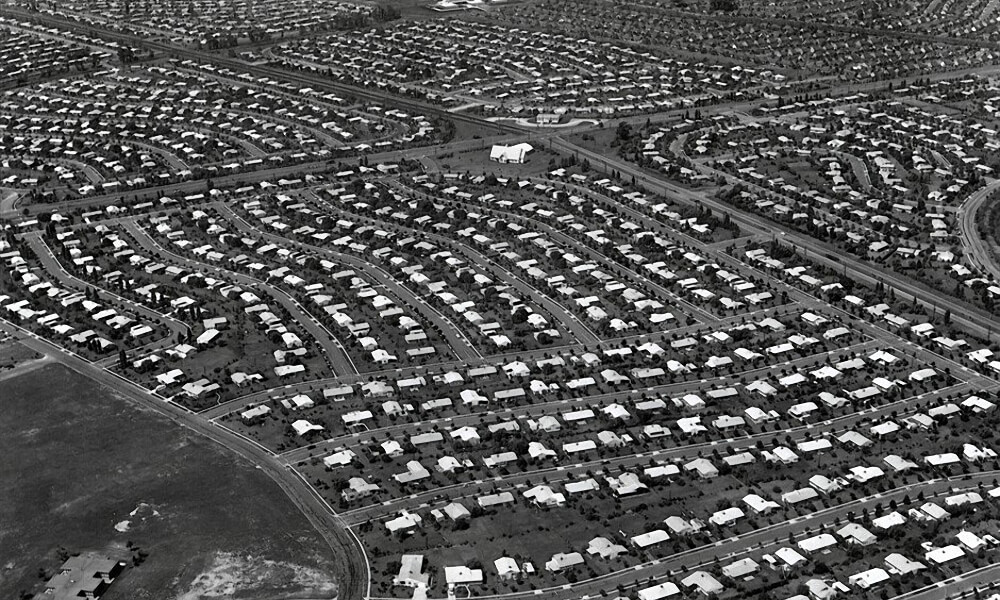
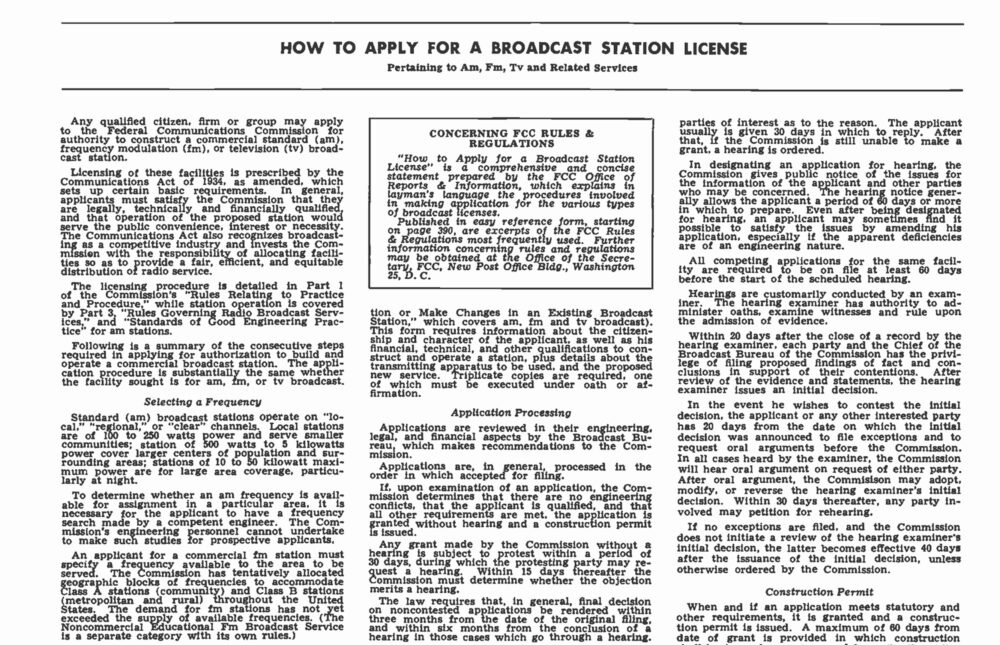
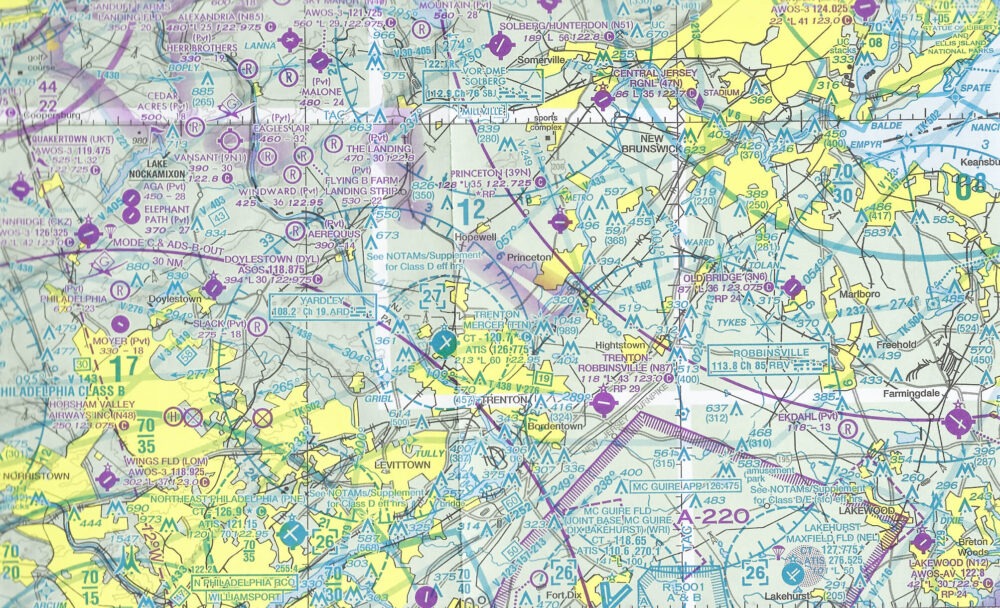

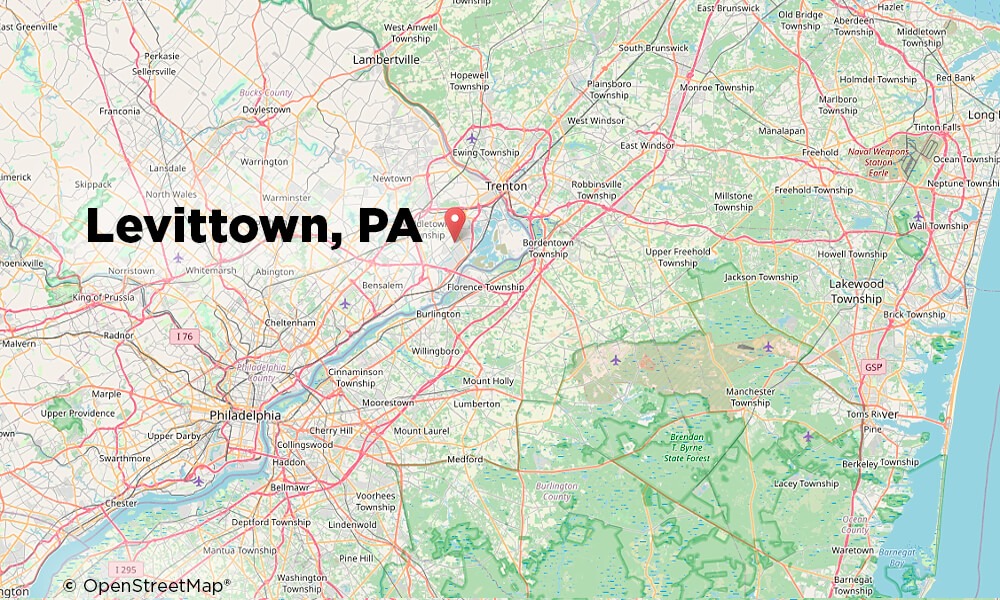
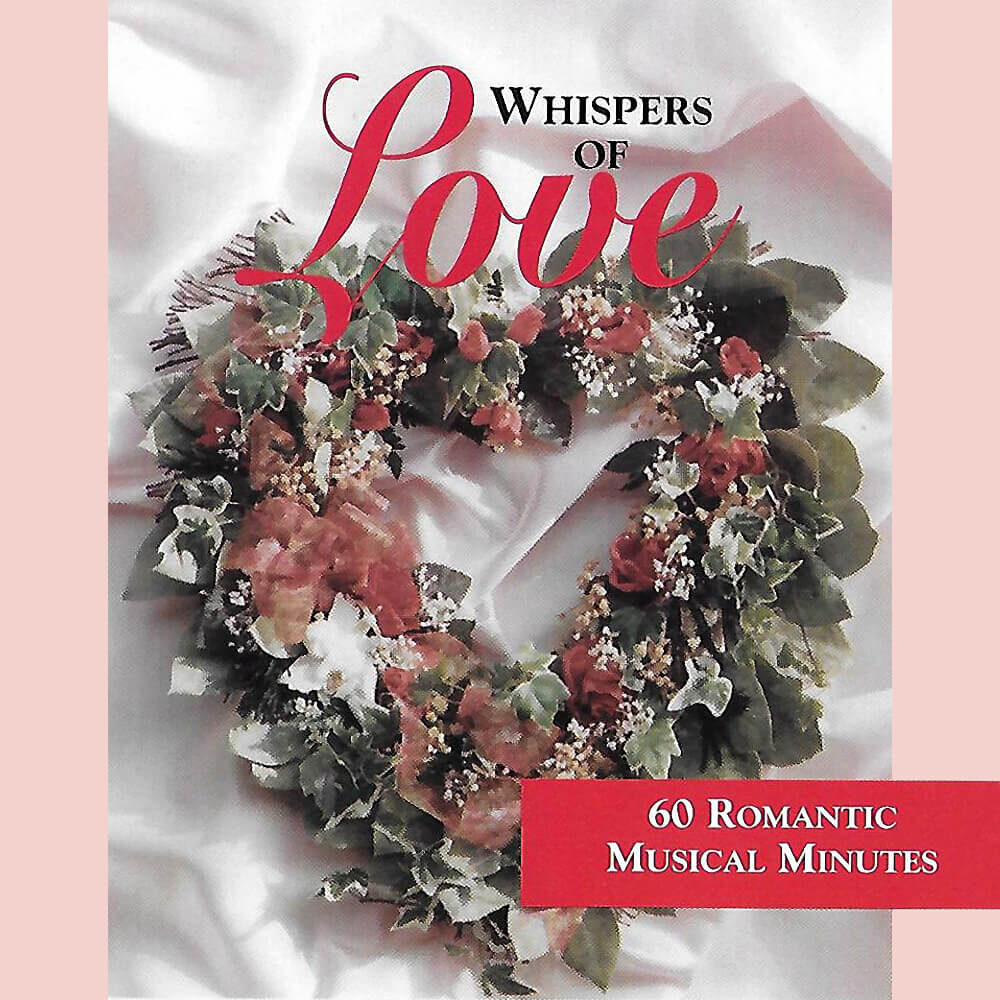
Excellent. I can't wait for Chapter Two.
Thank you, Ron!